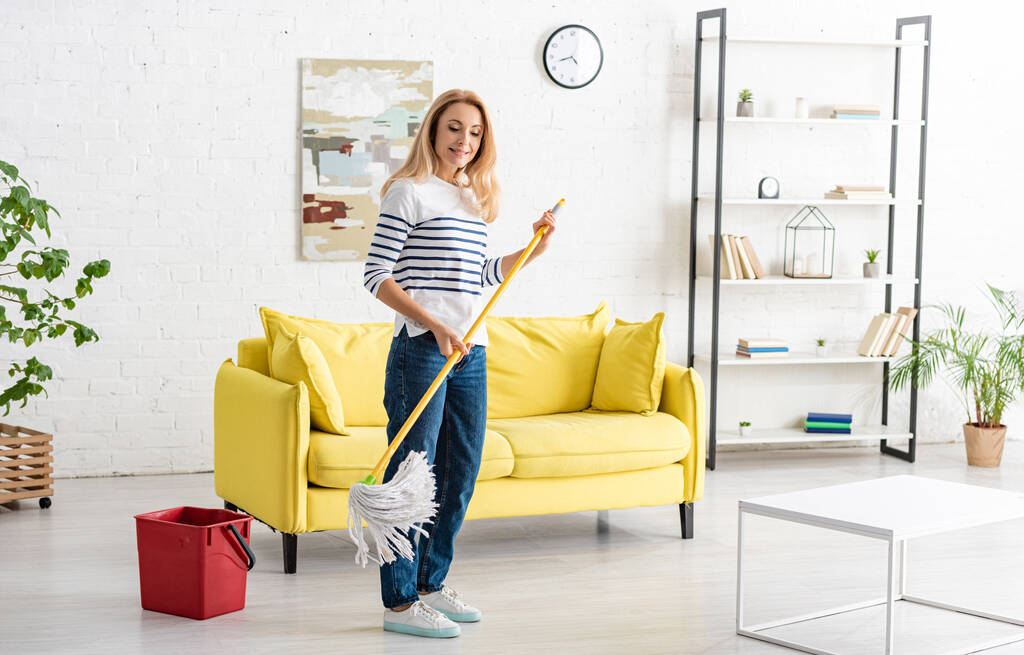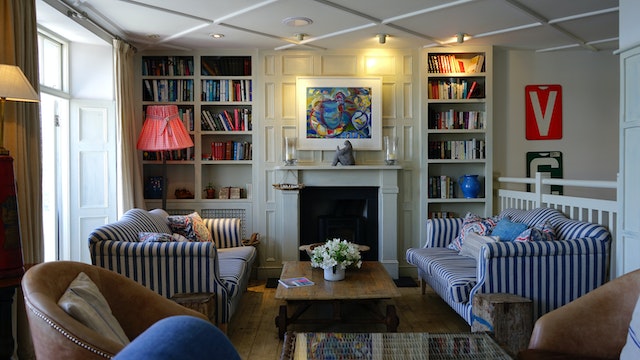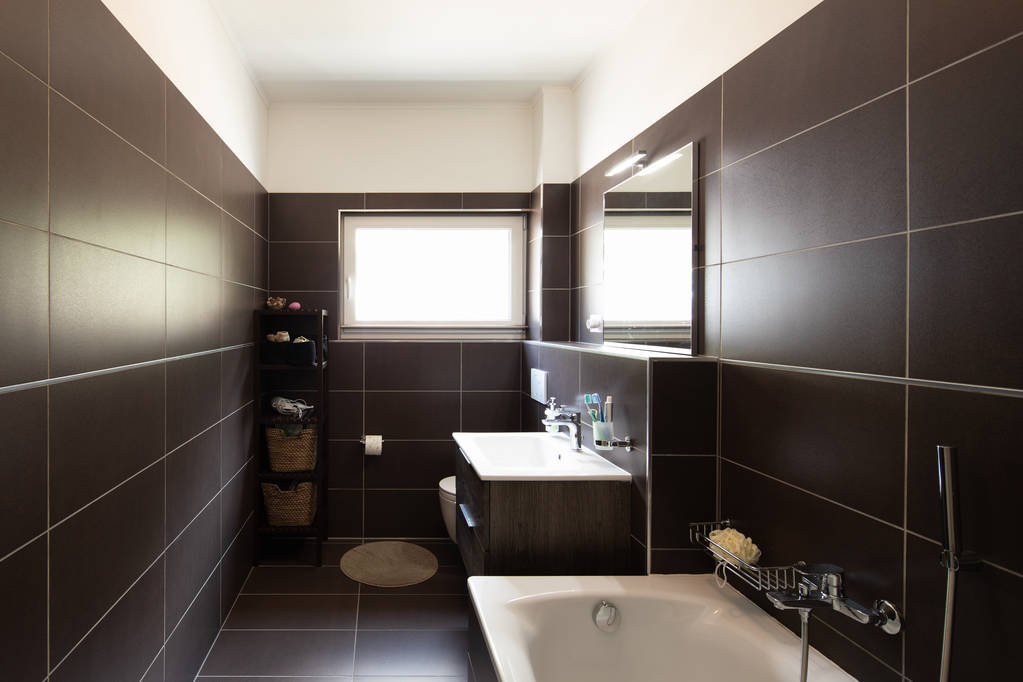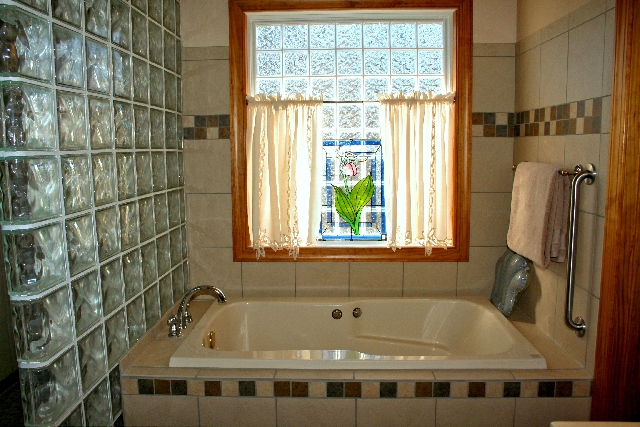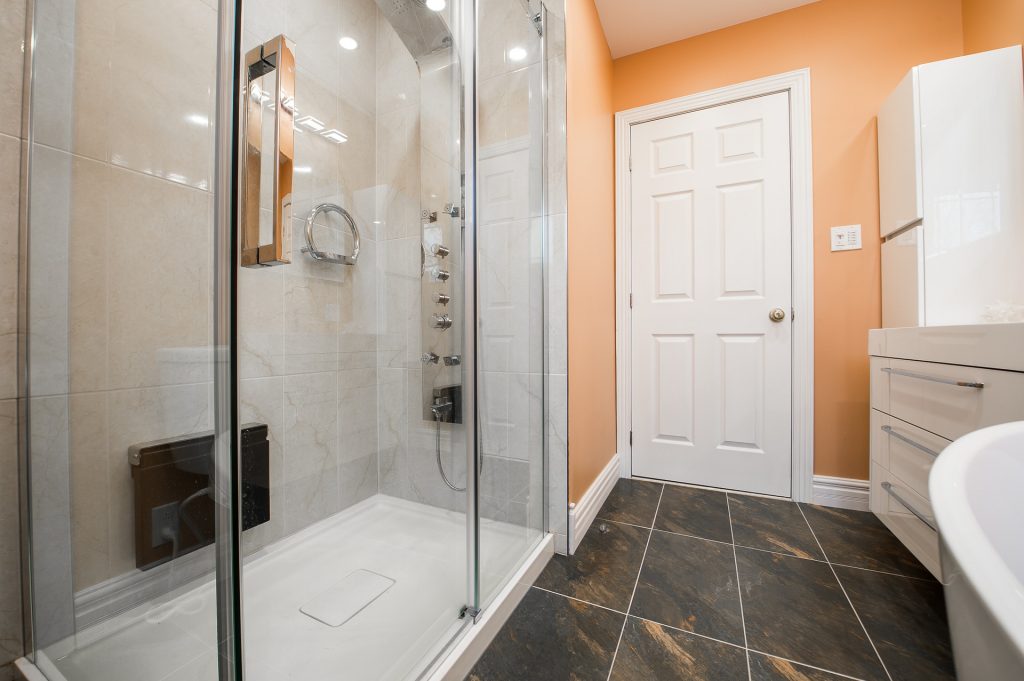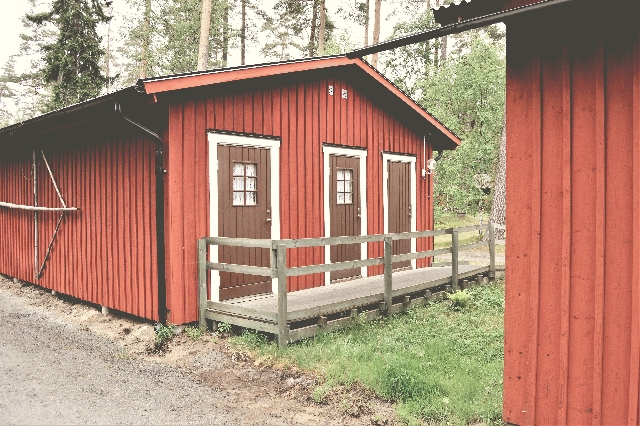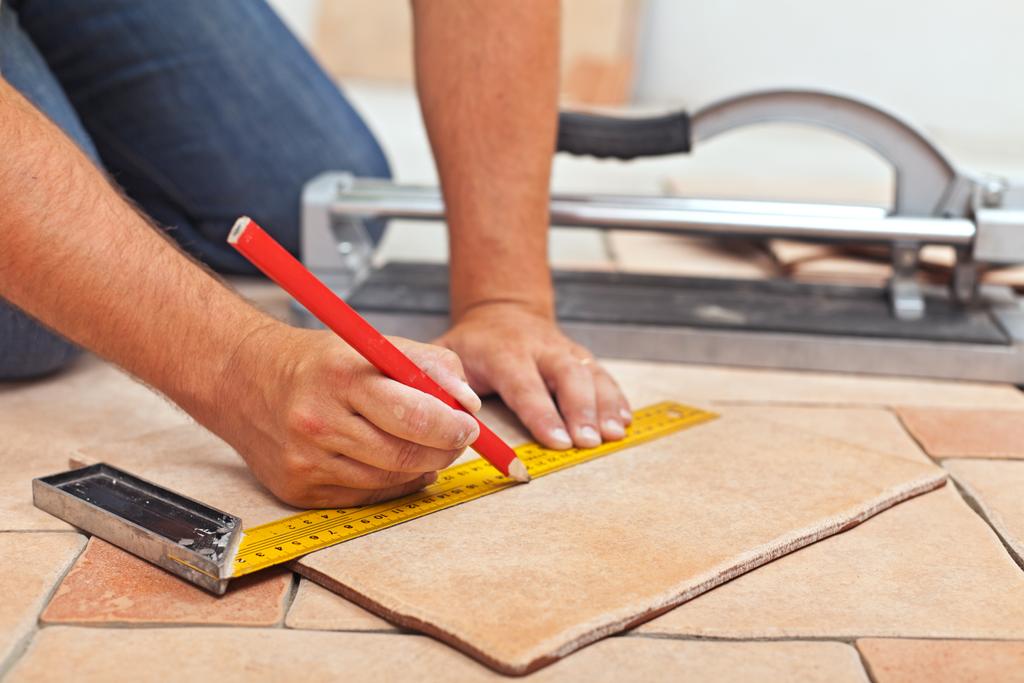
Mixing and matching tile designs is a powerful way to bring a unique touch to your home while balancing function and style. It’s a design strategy that opens up endless possibilities for personalisation, allowing homeowners to express their creativity while enhancing their living spaces. Whether you’re renovating a bathroom, updating a kitchen, or redoing the floors, tiles offer an excellent opportunity to introduce texture, colour, and pattern into your home. With the right combinations, you can create a cohesive, stylish look that reflects your personality.
Why Mix and Match Tiles?
Tiles are no longer just practical elements; they are essential components of modern interior design. The ability to mix and match different tile designs allows you to create visual interest and define different areas of your home without the need for physical barriers. Whether you’re looking for a bold statement or a subtle elegance, combining various tiles can achieve that and more.
Mixing and matching tiles can also break the monotony. Instead of covering an entire room with a single type of tile, combining different textures and colours adds depth, making your home visually dynamic. It’s a design choice that not only looks great but also offers practical benefits, such as delineating functional spaces or highlighting architectural features.
Key Considerations Before Mixing and Matching Tiles
Before you start choosing tiles, it’s important to consider a few factors to ensure that the result is harmonious and visually appealing.
1. Choose a Focal Point
When mixing and matching tiles, having a focal point will anchor your design. This could be a bold patterned tile, a vibrant colour, or a textured material that draws attention. Once you establish your focal point, other tiles should complement rather than compete with it. For instance, a brightly coloured mosaic backsplash in the kitchen can be the focal point, while simpler, neutral floor tiles keep the space balanced.
2. Limit the Number of Patterns
Although mixing patterns can bring vibrancy and interest to your home, it’s essential not to overdo it. Stick to two or three different patterns in a space to avoid creating a chaotic or overwhelming environment. For example, in a bathroom, you might opt for a bold geometric tile on the floor, a soft, neutral tile on the walls, and a textured accent in the shower. The key is to let one pattern take the spotlight while the others support it.
3. Stick to a Consistent Colour Palette
While mixing patterns is encouraged, a consistent colour palette is crucial to ensure cohesion in your design. Choose tiles that share similar tones or hues, even if they differ in pattern or texture. This approach helps to unify the space, making it feel thoughtfully designed rather than disjointed. For example, if you’re using a statement patterned tile in shades of blue and white, choose complementary solid-coloured tiles in muted blues or whites for the rest of the space.
4. Play with Tile Sizes and Shapes
Mixing and matching tile sizes and shapes can add a unique touch to your space. Large tiles paired with smaller mosaics or hexagonal tiles mixed with rectangular ones create a layered effect that draws the eye. However, it’s important to use varying sizes strategically. For instance, smaller tiles work well in compact spaces like bathrooms, while larger tiles can make expansive spaces feel more open and seamless.
5. Consider Texture
Incorporating different tile textures can elevate the design of your home. Pair smooth, polished tiles with rougher, more tactile ones to create contrast. Textured tiles are especially effective in smaller areas, such as backsplashes or feature walls, where they add a sense of depth without overwhelming the space. However, keep in mind the functionality of the area—textured tiles on floors, for example, can provide slip resistance in areas like bathrooms or entryways.
Room-by-Room Tile Design Tips
Each room in your home presents unique opportunities to mix and match tiles. Understanding how different tiles can function and enhance the design in specific spaces is key to a successful project.
Kitchen
The kitchen is a great place to experiment with different tile combinations. A popular approach is to use patterned or mosaic tiles for the backsplash and pair them with more neutral, solid-coloured floor tiles. You can also mix different textures, such as glossy wall tiles combined with matte floor tiles, to create a visually interesting contrast. Using a subtle pattern for the floor can also tie the room together, complementing the boldness of the backsplash.
Bathroom
The bathroom offers plenty of scope for tile creativity. One idea is to use patterned tiles in the shower area while keeping the rest of the room more subdued with neutral-coloured tiles. Or, if you prefer a bold look, opt for a mix of geometric shapes and contrasting colours to make a statement. Hexagonal tiles in one area, for example, can be paired with subway tiles elsewhere, creating a mix that feels fresh and modern.
Living Areas
In living spaces, tiles are less common but can still make a significant impact when used strategically. If you have an open-plan space, use different tiles to define various areas. For instance, wood-look tiles in the living area can be complemented by a bold patterned tile in the adjoining dining space. This technique not only differentiates the spaces but also adds an extra layer of design interest.
Outdoor Areas
Outdoor tiles are often overlooked, but they can be a great way to bring character to your patio or garden. Mixing natural stone tiles with ceramic or porcelain ones can create a unique outdoor aesthetic. Be sure to choose durable, weather-resistant tiles for these areas, and consider non-slip finishes for safety.
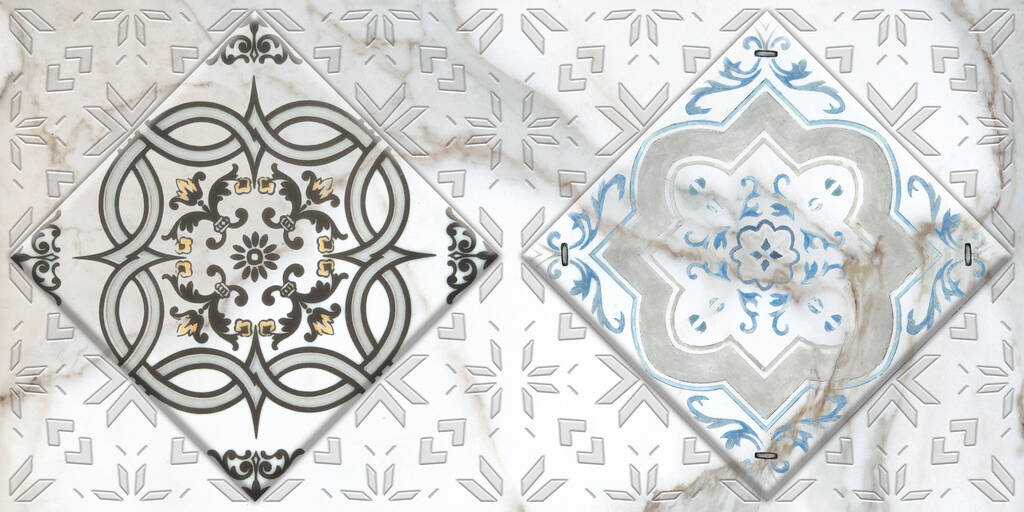
Creative Tile Combinations
The following combinations will inspire your next home project:
Neutral and Patterned Tiles: One of the simplest ways to mix and match tiles is by combining neutral tiles with more decorative patterned ones. For example, a soft grey tile on the walls paired with a bold black-and-white pattern on the floor can bring a modern yet timeless look to your bathroom or kitchen.
Subway Tiles and Mosaics: Subway tiles are classic and versatile, making them easy to pair with intricate mosaic tiles. Use subway tiles as the base of your design and incorporate a mosaic backsplash or shower accent for a layered, sophisticated look.
Geometric and Marble Tiles: Geometric tiles are perfect for making a bold statement, and when paired with the elegance of marble, they create a stunning contrast. This combination works particularly well in bathrooms and entryways, where you can use the geometric design on the floor and the marble on the walls or countertops.
Bringing It All Together
Ultimately, mixing and matching tile designs is about creating balance and harmony in your home’s interior design. Thoughtfully combining different patterns, textures, shapes, and colours can transform your space into something truly unique. It’s a technique that allows you to bring personal touches to your home while enhancing functionality.
For those planning new builds or renovations, Melbourne home builders and designers often recommend experimenting with tile combinations to add personality to a home’s design. Whether you’re working on a small bathroom renovation or designing your dream kitchen, tiles offer an opportunity to inject creativity and individuality into your living space. With careful consideration and planning, you can achieve a tile combination that’s both beautiful and functional, reflecting your personal style and enhancing the atmosphere of your home.





